
Negative waterproofing is a term you may encounter on occasion. Whilst not used as commonly as standard positive waterproofing, there may be times when our team will recommend a negative waterproofing membrane solution, either for, commercial, strata, government or health remediation projects.
At Danrae Group, we use negative waterproofing membranes in very specific circumstances and most commonly in basement waterproofing, lift pits or other below-ground areas.
Our guide to negative waterproofing includes the differences between positive and negative waterproofing, and negative pressure waterproofing techniques, benefits and best applications.
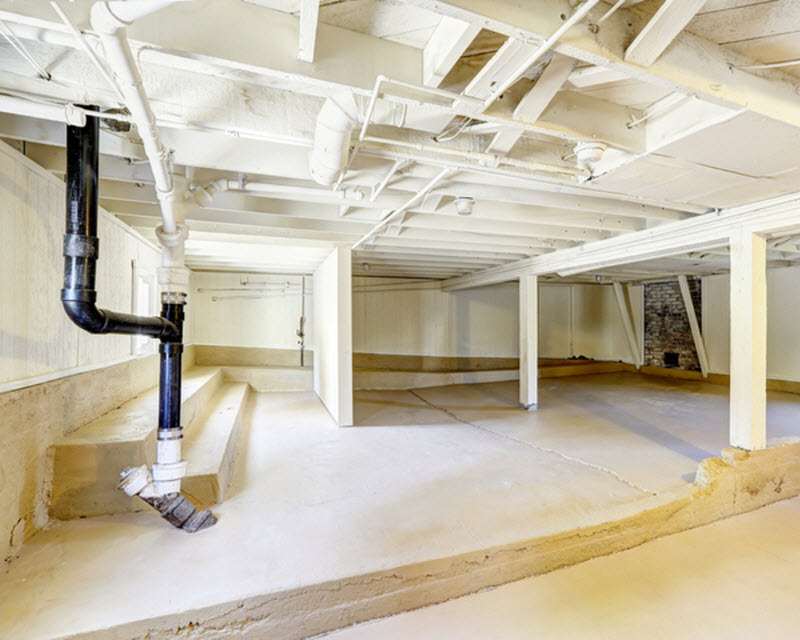
What is negative waterproofing?
Our team often applies waterproofing membranes to rooftops or building facades. In these cases, where we install the membrane to the exterior face of a structure, it is termed ‘positive’ waterproofing.
Positive waterproofing is the standard type of waterproofing, and most commercially available waterproofing systems are suitable for these external applications.
As the name suggests, a negative waterproofing membrane is applied to the internal or ‘negative’ side of a structure.
Generally, we opt for negative waterproofing for a very practical reason – ease of access. There may, however, be other occasions where we recommend negative waterproofing as part of a comprehensive waterproofing strategy. In specific below-ground structures like basements, where water pressure from the surrounding soil pushes inward, we often employ negative pressure waterproofing. This method combats the external hydrostatic pressure exerted on the structure, preventing water from seeping through.
Negative pressure waterproofing solutions, such as specialised membranes and coatings, are crucial when external waterproofing is not feasible or accessible. It may consist of a correction to the substrate for enhanced protection against water ingress, and/or we might utilise a negative hydrostatic coating as a final protective layer in your waterproofing solution.
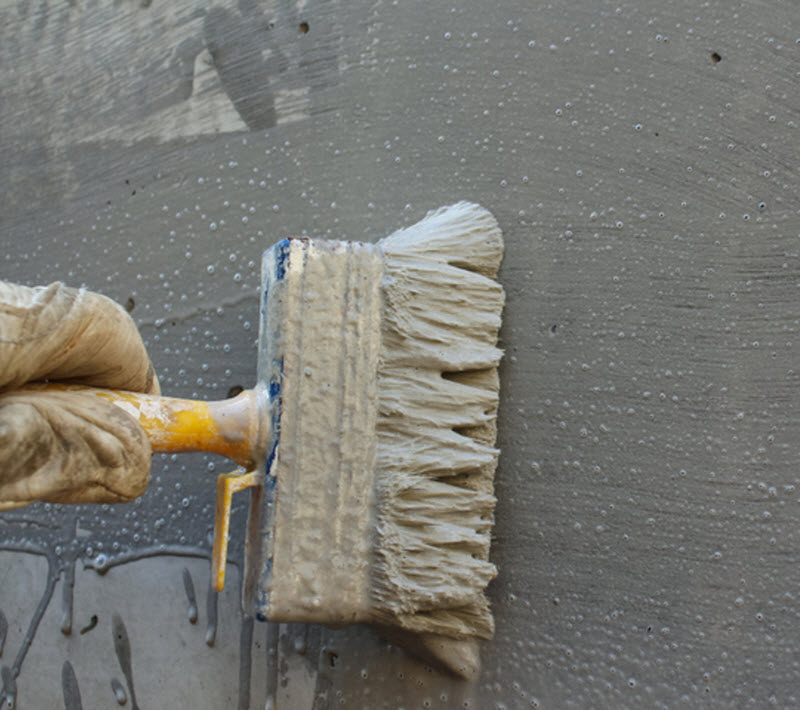
Benefits of positive and negative waterproofing
Positive waterproofing works by preventing water from entering a substrate, and waterproofing membranes can offer additional features such as resistance to chemicals, UV or extreme weather. Negative waterproofing does not prevent water from entering a substrate, but it has a specific advantage.
On completion of a waterproofing project such as a rooftop garden or balcony, the remedial process after membrane installation includes concreting, decking or landscaping. This means the membrane is sealed within the structure, and we can only access it with a second remediation project to remove and then rebuild the layers above the membrane.
The obvious benefits to negative side waterproofing then, are access and cost. As it does not fully protect the substrate and may be susceptible to chemicals or ground contaminants, however, the optimum solution is often positive side waterproofing during construction and negative waterproofing for remedial projects.
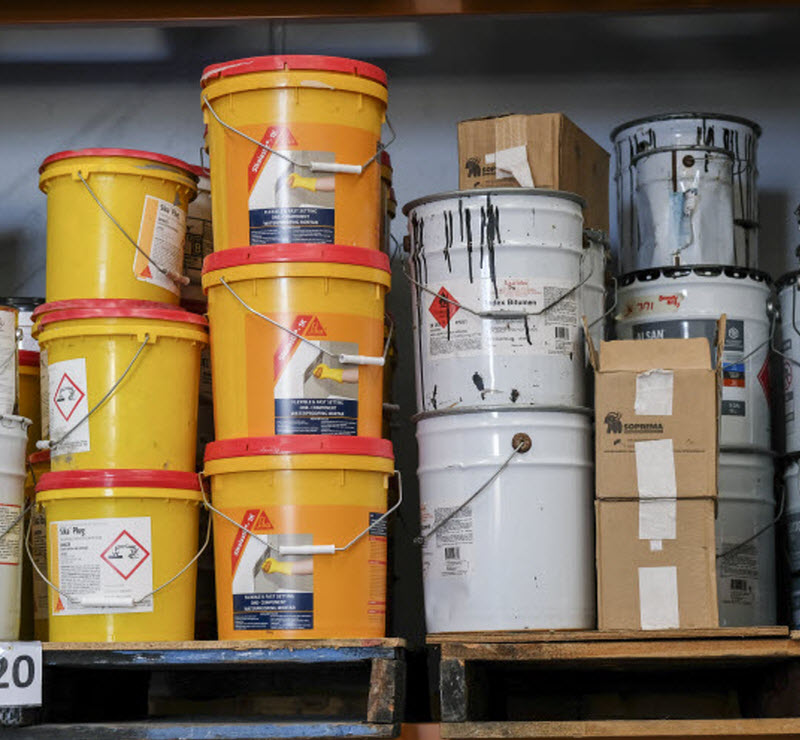
Negative waterproofing solutions
Negative waterproofing membranes must be able to withstand hydrostatic pressure, and techniques include epoxy injections and cementitious coatings.
In preparing our waterproofing solution, we might also opt for acrylic or other additives that penetrate into the substrate, providing further protection.
Generally, negative waterproofing products are mineral-based, free of chlorides that might affect concrete’s inner steel reinforcement, resistant to high water pressure and able to penetrate a little into the substrate to ensure it is not pushed out of place by the force of external water pressure.
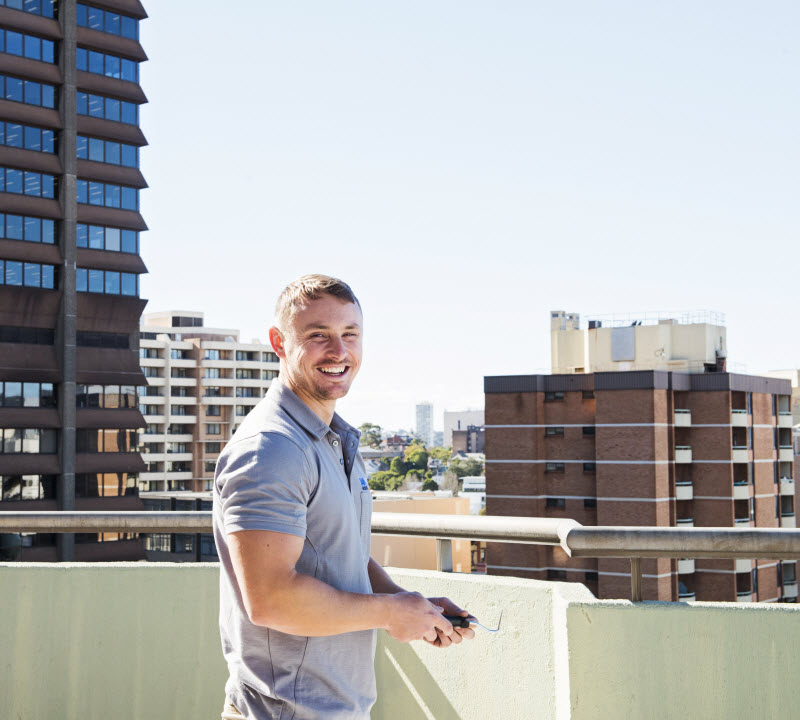
Comprehensive waterproofing services
At Danrae Group, our team is trained to work with every brand and every type of waterproofing membrane and product, so we have complete flexibility to provide you with the most cost-efficient and effective waterproofing solution. Learn more about our team and what we do as waterproofing experts.
We have extensive experience providing positive and negative waterproofing membrane solutions, including the following:
Want to see our work? Check out how we created a distinct waterproofing solution for Audi. Let us handle your next project’s positive and negative side waterproofing. From waterproofing for basements and roofs to bespoke solutions for rooftop gardens and balconies, Danrae Group has all your needs covered.
Our comprehensive services include diagnostics, solution design, waterproofing, remediation and preventative maintenance, and because we have an in-house team of waterproofers and trades specialists, we take care of full project management and guarantee our quality.
Read more about waterproofing techniques and membrane waterproofing to learn about how to protect your property from water damage, or to discuss all of your waterproofing options, please contact us.













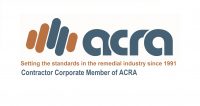

 1800 326 723
1800 326 723
